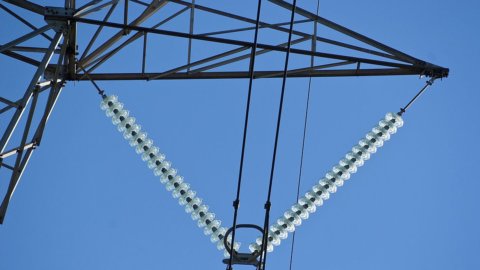In December 2018, people worked one day more than in December 2017, but electricity consumption was 1,5% lower due to the anomalous "heat": in fact, the last month of last year recorded a temperature average one grade higher than that of the same month of the previous year. This was revealed by the usual bulletin released by Terna, the company that manages the national electricity grid, according to which the demand for electricity in Italy was 26,5 billion kWh, with a decrease that corrected and seasonally adjusted corresponds to -1,1, XNUMX%.
According to the first provisional data processed by Terna, the total electricity required in Italy in 2018 amounted to 321,9 billion kWh, a value which, on the other hand, in this case is slightly up (+0,4%) compared to 2017 (with the same calendar, the change does not change). The demand for electricity in 2018, which was met for 35% by the production of renewable energy sources (compared to 32% in 2017), represents the highest value since 2013. At the territorial level, the trend change in December 2018 was negative everywhere: -1,5% in both the North and South and -1,3% in the Centre.
In cyclical terms, the seasonally adjusted and adjusted by calendar and temperature value of the electricity required in December 2018 recorded a positive change of 0,4% compared to the previous month (November 2018). However, the trend profile remains on a slightly decreasing trend. In December 2018 the demand for electricity was 86,6% satisfied with national production and for the remainder (13,4%) from the balance of energy exchanged with foreign countries. In detail, net national production (23,2 billion kWh) decreased by 2,8% compared to December 2017. Hydro (+56,7%) and photovoltaic (+5,8%) production sources grew ; other sources were down (geothermal -1,2%; thermal -9,2%; wind -15,4%).





